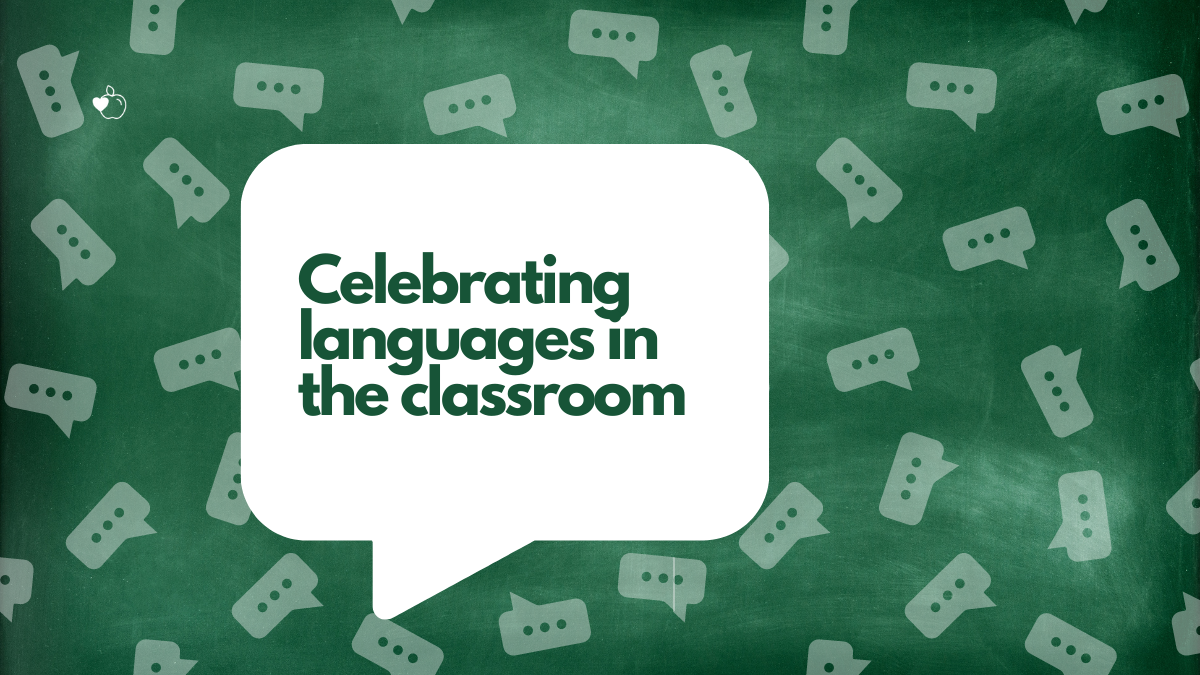International Mother Tongue Language Day is celebrated annually on 21 February, highlighting the diversity of cultures and languages around the world. With roughly 6500 different languages spoken in the world today, it is truly impossible to focus on each one, but supporting just a few can make the world of difference in our learners’ lives.
Why focus on mother-tongue learning
Of course, as teachers, we know the profound impact that learning in a mother tongue can have on a child. From learning faster and easier, to enjoying school more and feeling their heritage is valued, mother-tongue education has been shown to be critical to future success.
At foundation phase, especially, it fosters better understanding of subject matter and improves test outcomes as a result. Learners gain confidence in their ability to tackle different subject matter when they encounter it in their first language.
For many South African children, the shift to intermediate phase means learning in English or Afrikaans only. For second-language speakers, it is crucial that they are confident in the language used in the classroom at this stage. These Grade 4 learners are not just learning or improving on a new language; they are also continuing with their day-to-day studies. As their workload increases with the addition of subjects, many learners find it difficult to keep up if they are not fluent in the language of their teachers.
How to support multilingual learners
In practice, providing students with access to education in their own languages can be tricky. As teachers, we may not simply be able to switch to teaching in another language, but there are still many ways that multilingualism can be promoted in our classrooms.
Here are a few ideas to celebrate our diverse languages:
1. Teaching resources for language lessons
The Teacha! resource marketplace makes it super easy for teachers to find worksheets, lesson plans, ideas, and more. Resources have even been grouped by language so that they are easily found.
Take a look at all the resources available for:
We also may not have time in the curriculum to teach a whole new language, but we certainly can make time to celebrate a few. Use these in your class to add some language inclusion to the walls:
And if you haven’t found what you are looking for, why not sell or share resources that you have made yourself for your learners? Register as a Teacha! vendor and sell your language resources in your own online shop! Find out more about the benefits here.
2. Storybooks in multiple languages
One of our all-time favourite non-profit organisations is Book Dash, who work with volunteers to get beautiful books into the hands of children. Plus, the stories are available in multiple languages.
Here are a few of our favs:
- My Special Hair
- Rafiki’s Style
- Scared Tumi
- Searching for the Spirit of Spring
- Lara the Yellow Ladybird

All the Book Dash books, as well as hundreds of other multilingual stories for young children, can be found and downloaded for FREE from the Snapplify Engage e-library.
To access these books on any device, all you need to do is sign your school up for Snapplify Engage (it’s free!), or find the titles on the Snapplify Shop.
For their latest news and updates, follow Book Dash on Instagram.



